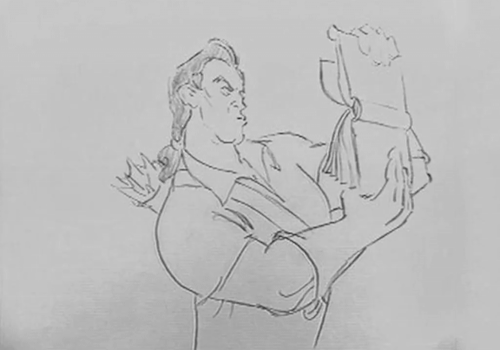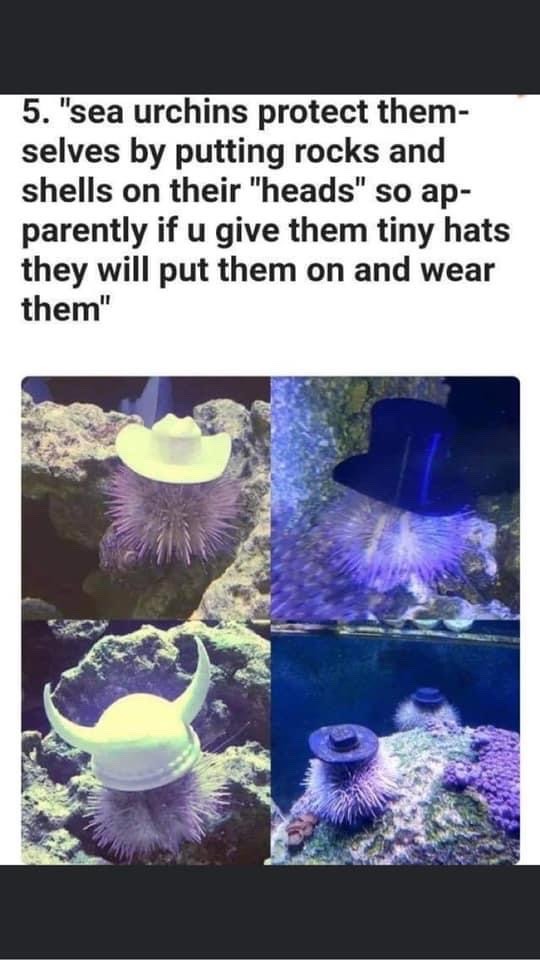Does That Bird Really Need Help?

Does that bird really need help?
Located in Coral Springs, Florida, and operating for the past twenty-six years, the Sawgrass Nature Center and Wildlife Hospital (and its staff) have handled many wildlife encounters over the years. One of the incidents we and other nature centers see a lot of in the Spring are (not-so) abandoned baby birds. However, most times the bird calls we receive are not actually for birds that require assistance.
Baby birds have a natural part of their life cycle where mom prepares them to leave the nest. This means they spend a lot of time at the bottom of a tree outside of the nest. Now, because of the size and lack of developed feathers on these birds, many people see this as a sign for concern. But again, we assure you, this is entirely natural.
The last thing anyone should do when they see a baby bird is put it in a box and take it to a nature center. We know that it might seem scary to think that mom is not nearby, but parental birds are really good at hiding when they do not want to be seen. The baby that seems alone, may not actually be alone. Our best advice is to assess the situation from afar if you think there is cause for concern and call your local nature center. Your local wildlife rehabber will be best at determining whether or not the little guy is truly abandoned and needs to be brought in.
Birdnapping is more common than you might think. The Sawgrass Nature Center and many other nature centers like us, have received baby birds that did not need to be taken out of the wild. We never want to take a baby bird out of the wild for doing exactly what it is they should be doing at that point in their lifecycle. Again, as scary or unnatural it may seem to us for a baby bird to be on its own, it’s just as scary for them to be put in a box and brought in by humans.
More Posts from Sawgrassnaturecenter and Others
This is Molly, our loggerhead musk turtle, receiving her first Valentine’s Day worm! Her incredibly strong beak is perfectly adapted to crushing through the tough exoskeletons of her prey. If you are interested in sending Molly a box of worms this Valentine’s Day, consider donating here: https://www.facebook.com/sncwild/posts/4168465543165140
How to Read an Academic/Research Paper
The main sections are:
Abstract: a general overview of the paper’s content. It’s good to start here first, to sort of “seed” the ideas and concepts of the paper into your head.
Introduction: the general overview and setting of the paper. Sometimes you’ll find brief descriptions of key concepts or phrases
Methods: Read at the end, the technical jargon might be too heavy to for your to read this first.
Results:
Conclusion/Interpretation/Discussion: the hypothesis is either accepted or rejected. Reading the conclusion can help you decide if you want to spend your time reading the paper or not if you are looking for a specific method of doing something.
References: Read to familiarize yourself with the common titles, sources, and theories.

Tip: Read the Intro, and conclusion before you read the rest of the paper, its the fastest way of knowing what’s in the paper.
Look out for the keywords key contribution and significant.
Step by Step instructions:
Read Intro and Conclusion
Identify the big question - what is this paper about?
Summarize the background in five sentences - why is this research important?
Identify specific questions - What exactly are the authors trying to answer with their research.
Read methods
Read results and write down a sentence to summarize the result of each experiment.
How do the results answer the specific question?
Read the conclusion section - Do the authors think that the results answered the big question?
Now read the abstract - did it match what happened?
Sources:
https://medium.com/ai-saturdays/how-to-read-academic-papers-without-freaking-out-3f7ef43a070f
https://www.huffingtonpost.com/jennifer-raff/how-to-read-and-understand-a-scientific-paper_b_5501628.html
Yknow the thing where red pandas just lay down on a branch and let their legs hang and they’re just like vibing

There is a lot of slime in nature and so many animals that use slime in different ways. One of my favorite activities to do with students when learning about these animals is to make Oobleck! It is an easy, fun craft that gets kids immersed into the experience of using slime in their own way. It gives them a hands-on example of how this sticky substance can be useful in nature.
Learn more here: https://sawgrassnaturecenter.org/2021/02/16/slime/

It is officially baby season at the Sawgrass Nature Center! This week alone we have taken in 36 baby opossums with the goal to release them back into the wild once they are old enough to fend for themselves.

"Psst... Wolves are essential. Pass it on 🐺" https://t.co/EFIrbC0Ko3

A rainy but beautiful start to our morning here at SNC!
-
 bookwyrmth1rt33n liked this · 4 years ago
bookwyrmth1rt33n liked this · 4 years ago -
 sawgrassnaturecenter reblogged this · 4 years ago
sawgrassnaturecenter reblogged this · 4 years ago

The Sawgrass Nature Center (SNC) is a nonprofit located in South Florida. Our mission is to educate the public about native wildlife and environmental stewardship. We also rescue, rehabilitate, and release injured, orphaned, or sick wildlife. Animals that cannot be released due to permanent injuries or disabilities are given a forever home on site with animal keepers that know how to properly care for them. We are able to operate due to donations from generous patrons. If you are interested in helping us further our mission, check us out at: https://sawgrassnaturecenter.org/
202 posts


